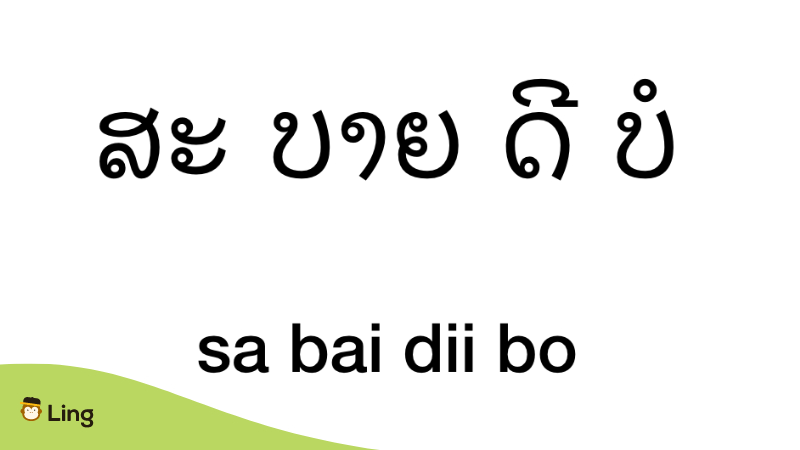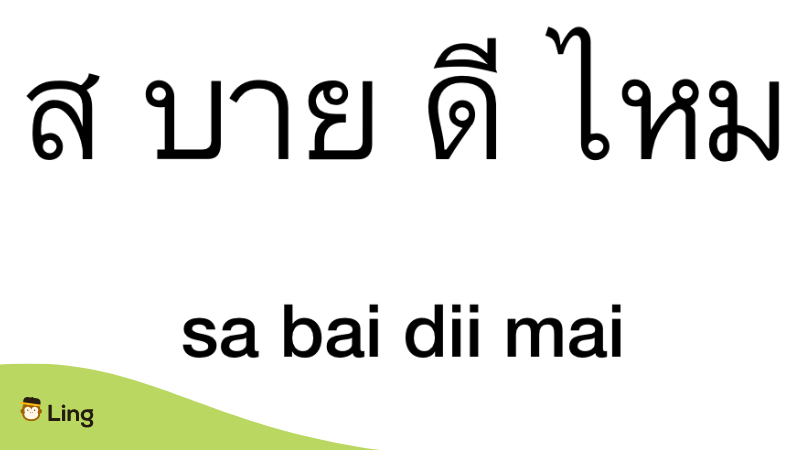The Thai and Lao languages are very similar. The same is true for their cultures too. This is to be expected for countries that share a border and have a long history together. Speaking to my Thai friends, they say that they have a few issues understanding Lao when spoken. So what are the differences between Thai and Lao? The story is a bit different when it comes to writing, but we will get to that later.
So to what extent are they the same, and what are the major differences between Thai and Lao? I thought that we could look into that today and hopefully learn to appreciate each language in its own right.
Is Thai Related To Lao?
Thai and Lao are closely related languages with shared origins and common linguistic development. Both Thai and Lao belong to the larger family of Tai-Kadai languages, which encompasses several other languages spoken in Southeast Asia. The Thai language, also known as Central Thai or Siamese, is the official language of Thailand, while Lao is the official language of Laos.
Historically, the ancestors of both Thai and Lao people originated from southern China and migrated southward over many centuries. As they settled in different regions, the language gradually evolved and developed distinct regional variations. However, due to their shared roots, Thai and Lao retain many similarities in vocabulary, grammar, and pronunciation, which makes them somewhat mutually intelligible languages. This similarity enables speakers of one language to understand and communicate with speakers of the other to a considerable extent.
Differences Between Thai And Lao: Speaking
It is true that both languages share a lot of the same vocabulary, including important things like numbers, but there are still some major differences. Even a lot of everyday vocabulary differs between the two. For example, in Thai, the phrase for hello is ‘sawat dee’ (สวัสดี), while in Lao, they say ‘sabai dee’ (ສະບາຍດີ). These small differences can really catch learners out when switching between languages, so it can take time to adjust. Thankfully, the grammar is exactly the same for the most part.
Pronunciations
One thing Lao does with pronunciation that is different from Thai is simplifying words. What this means is that words that begin with two consonants would drop the second consonant. A word starting with pr would be pronounced as just p, for example. This can happen in informal Thai speaking, too but is more prominent in Lao.
When it comes to tones, the two differ quite a bit. While Thai uses five tones, Laos uses six. The tones in Lao are also different from those in Thai, where Thai has low, mid, high, rising, and falling tones, while Lao has mid, high, rising, low falling, and high falling tones. Knowing which tone to use will require learning a whole other system, and the languages do not share the same tone rules.
The Isaan region is known around the country as sharing many similarities with Laos. The reason for this is that the Isaan dialect is actually derived from the Laos language. This is true for those located closest to the border with Laos, as some areas are also influenced by Khmer from Cambodia further to the south of the region.
Finally, it is worth noting that Lao people will likely have an easier time understanding Thai as a lot of Thai media is shown in Laos, while Lao media in Thailand is much less common, especially outside of the Isaan region.
Writing Thai Vs Lao
Writing is perhaps the biggest and most obvious of differences. While they do have some similarities, the Thai and Lao scripts are different. You can usually recognize Lao from the more curvy, rounded characters, whereas Thai uses more straight lines. To an extent, they can look similar to one another when seen side by side. See these phrases:
How Are You In Lao

How Are You In Thai

Supposedly, Lao is like a cursive version of the Thai script though some similar-looking characters are actually pronounced differently between the languages. So, despite many of the shared vocabulary, you will need to learn the Lao alphabet before you start writing even the words that are familiar. This is further impacted when considering that, as mentioned before, Lao generally simplifies words. This is reflected in the way they are written too.
Just like in Thai, there is no official transliteration system in place which again adds to the confusion. It is another case of finding a system that works best for you.
Two Similar But Unique Languages, But You Can Learn Them With Ling!
So hopefully, after reading this, you can understand the similarities and differences between Thai and Lao. This isn’t an in-depth look, but more of an overview, but I feel like this sort of situation is quite rare, where two neighboring languages are very similar yet use a completely different script. Otherwise, you should know now that learning Thai will actually set you up well for visiting Laos and possibly be a good stepping stone for learning their language too. Whichever way you choose to learn them, they will help you to discover a unique and interesting culture.
Feel the urge to learn Thai? Use the Ling app to improve your understanding of Thai and prepare you for visiting the country. With just 5 minutes a day, you can really make a difference. Download the Ling app now on the Play Store or App Store and fulfill your dreams of mastering a new language now!


















